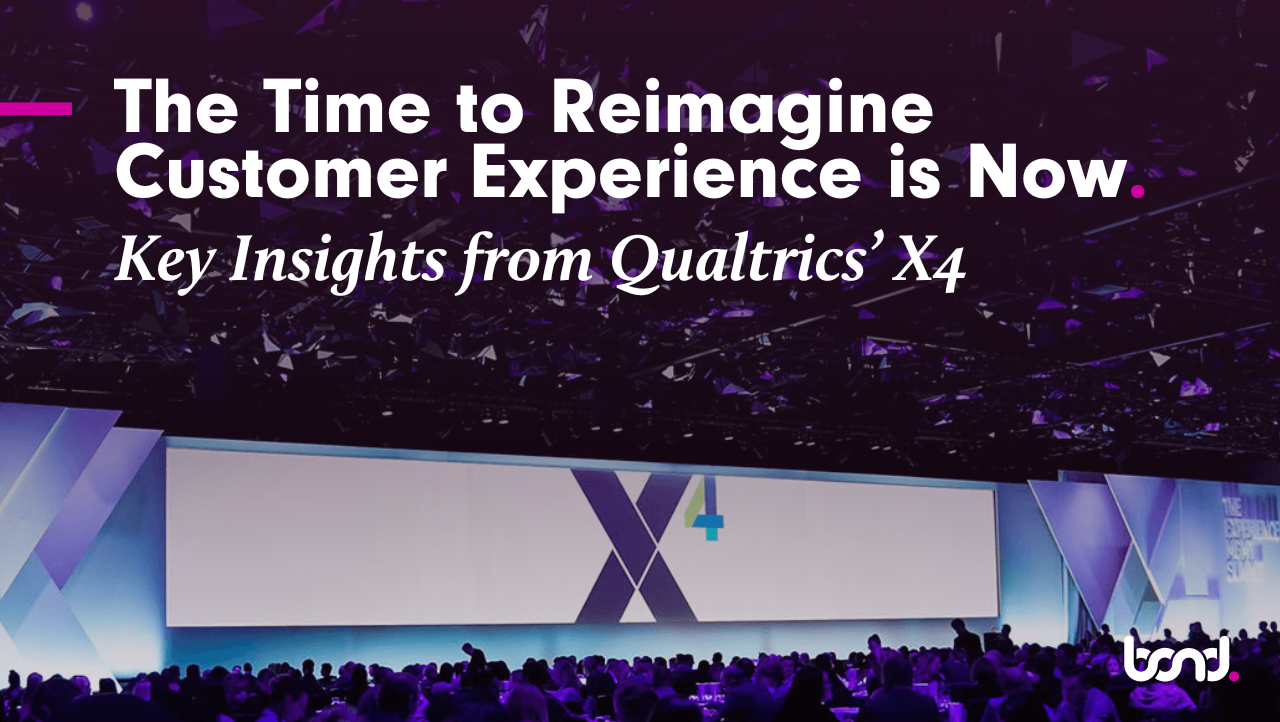Content Writer
Blog
Bond’s Mkt Intel Trend Subscription Blog:
A Micro Blog Series Delivering Big Insights, all in 500 words or less.
Bond’s Mkt Intel Trend Subscription Blog:
A Micro Blog Series Delivering Big Insights, all in 500 words or less.
Bond’s Mkt Intel Trend Subscription Blog:
A Micro Blog Series Delivering Big Insights, all in 500 words or less.
Bond’s Mkt Intel Trend Subscription Blog:
A Micro Blog Series Delivering Big Insights, all in 500 words or less.
Bond’s Mkt Intel Trend Subscription Blog:
A Micro Blog Series Delivering Big Insights, all in 500 words or less.
Discounts have increasingly dominated the path to customer loyalty reshaping how businesses approach customer retention and engagement. This shift is evident across various industries, from retail and hospitality to online services, where discounts are used as primary tools to entice and retain customers. This trend, while beneficial in the short term, has profound implications for the long-term health of loyalty programs and customer relationships.
The appeal of discounts lies in their immediacy and perceived value. For consumers, discounts offer instant gratification and tangible savings, making them highly attractive. Businesses, on the other hand, see discounts as an effective way to drive quick sales, clear inventory, and attract price-sensitive customers. The rise of e-commerce has further fuelled this trend, with flash sales, promo codes, and exclusive online discounts becoming commonplace. This approach is exemplified by events like Black Friday and Cyber Monday, which generate massive sales through deep discounts.
However, the heavy reliance on discounts can undermine the foundational goals of loyalty programs. Traditional loyalty programs aim to build long-term relationships with customers by rewarding repeat purchases and fostering a sense of belonging and appreciation. These programs often use points, tiers, and exclusive perks to create a sense of progression and exclusivity. When discounts overshadow these elements, the focus shifts from long-term engagement to short-term gains.
The Future of Customer Engagement is Here… & It’s Powered by Your Data Strategy | Key Insights from Salesforce Connections 2024
Content Writer
The Financial Sector Agency Roster is Missing Loyalty Expertise: Key Insights from the 2024 Financial Brand Forum
.jpeg)
Content Writer
The financial sector faces unique challenges: broad demographic targeting, homogenous product and service offerings, and a saturated market. Traditional strategies for growth—such as new account acquisition, product innovation, and cost management—are increasingly difficult to leverage in such a competitive and highly regulated space. The question then is this: how can FIs sustainably defend and increase their share of wallet while fending off new, emerging competitors?
Satisfaction is no longer enough! Customer Satisfaction—or “CSAT”—is a commonly accepted measure of success for CX (Customer Experience) leaders around the world. However, CSAT is losing its relevancy. A recent Qualtrics study found that excited and emotionally connected customers spend an average of 52% more than a merely satisfied customer. In today’s market landscape, companies must go beyond customer satisfaction, which has long been the target. To thrive, businesses must exceed—not just meet—customer expectations. That is: putting the human at the center of all business decisions, and finding ways to excite and emotionally connect with customers, in turn, forging lasting bonds that are worthy of loyalty and growth.
X4: The Key Themes
Bond helps our clients build long-lasting relationships at scale. Our team of CX practitioners stay on top of the latest advancements in CX—from insights to strategy, to measurement, execution, and sustainment. During the Qualtrics Experience Management X4 Summit, we engaged in thought leadership conversations with some of the world's greatest CX leaders from leading global brands, all focused on revolutionizing CX. Confirming what several of our own CX practitioners have been heedful of, here are some prominent themes throughout the event:
.png)
.jpg)

.avif)
-1.jpg)


.jpg)


